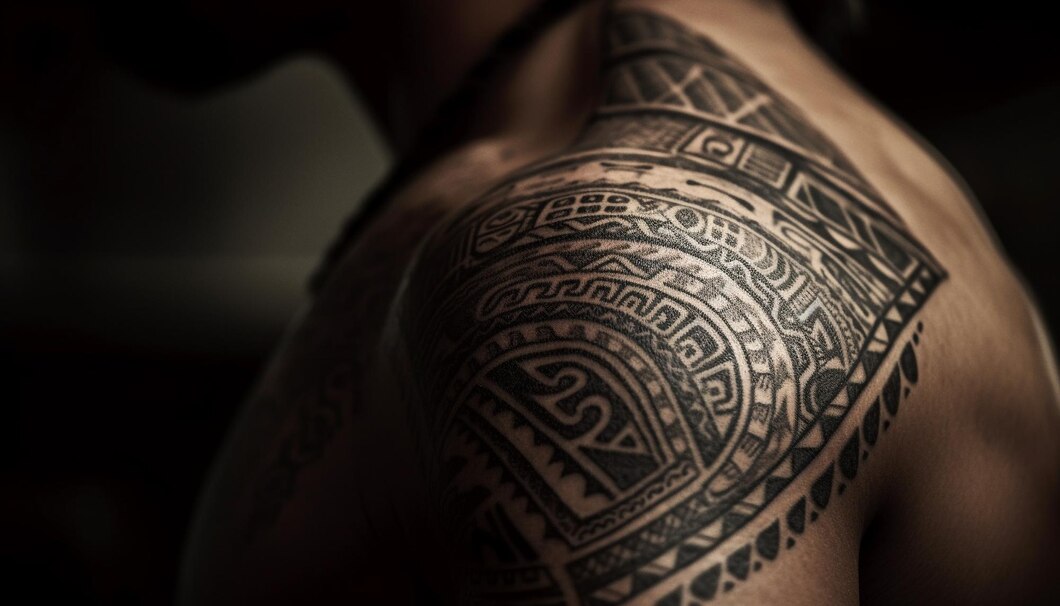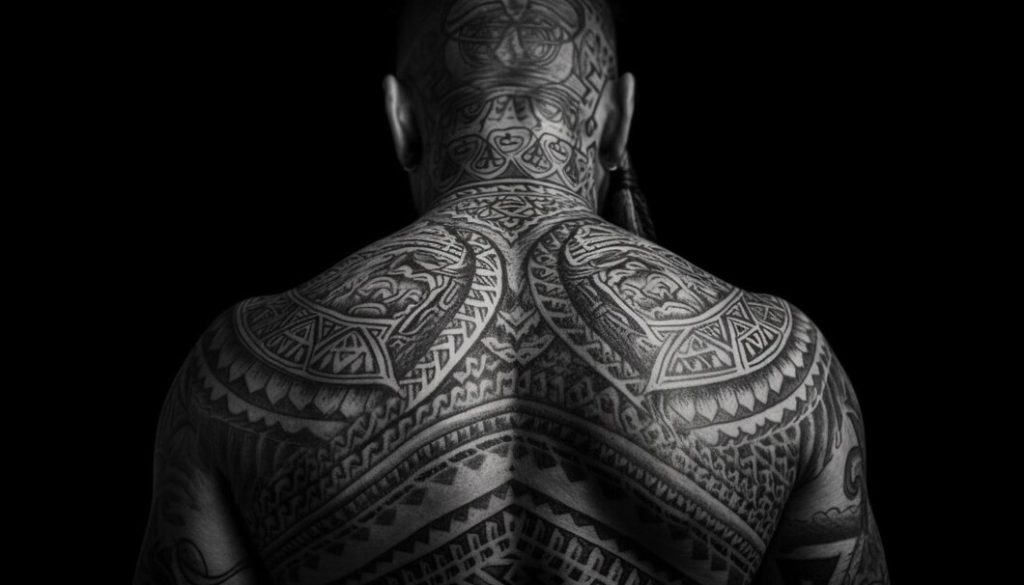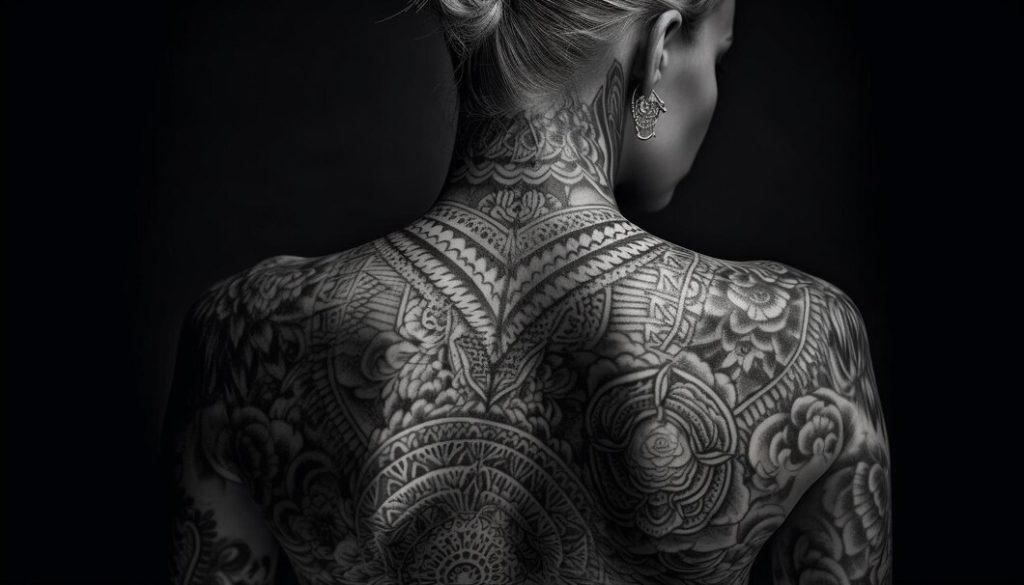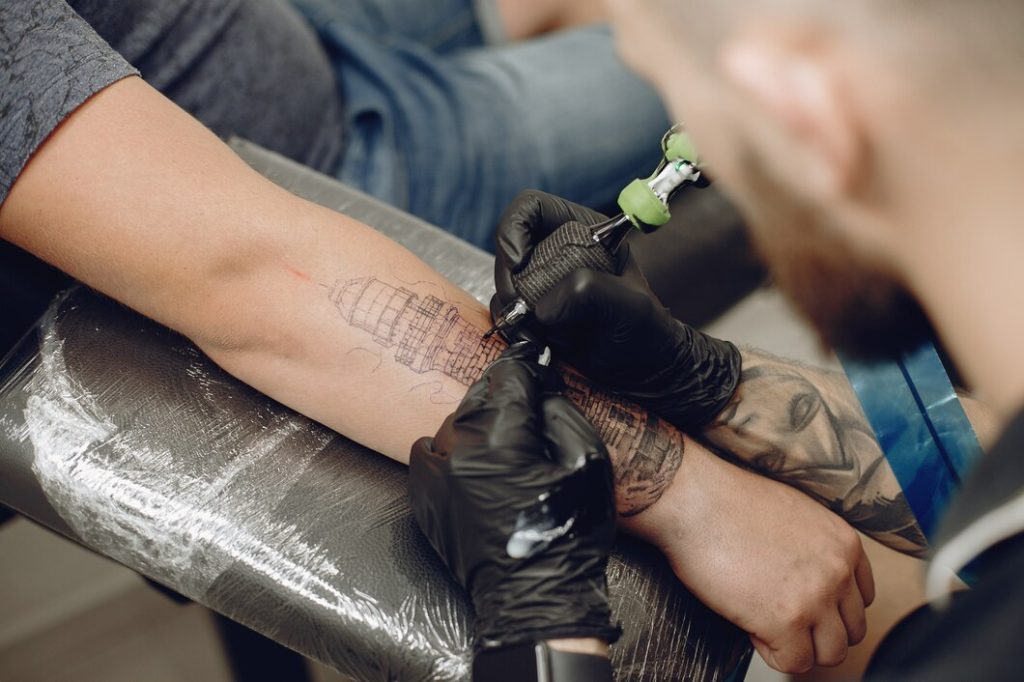Ink Diversity: Celebrating Cultural Tattoos Around The World

Table Of Contents
Tattoos have transcended mere body art; they are a reflection of our cultural identities, beliefs, and stories. From the intricate designs of Polynesian tattoos to the symbolic motifs of Nordic ink, the world of tattooing is a vibrant tapestry of cultural expression.
In this article, we embark on a journey to explore the rich diversity of tattoos across different cultures, celebrating their significance and beauty.
Historical Context of Tattoos

Tattooing is not a recent phenomenon; its roots are traced back thousands of years, with evidence of its practice found in ancient civilizations worldwide.
The earliest evidence of tattoos dates back to the Neolithic era, when Ötzi the Iceman, a well-preserved mummy from around 3300 BCE, was discovered with tattoos on his body. These tattoos were believed to have therapeutic or religious significance.
As civilizations evolved, so did tattooing techniques. In ancient Egypt, tattoos were associated with religious rituals and protection, with evidence of tattooed mummies found among the elite class. In Japan, tattooing flourished as an art form known as Irezumi, with intricate designs representing societal status and spiritual beliefs.
Cultural Tattoos: A Global Tour

1. Pacific Islands:
Polynesian tattoos hold deep cultural significance, with intricate designs representing genealogy, social status, and personal identity. These tattoos, known as Tatau in Samoa and Ta Moko in New Zealand, are created using traditional methods such as tapping and hand-poking, symbolizing the wearer’s connection to their ancestors and land.
2. Asia:
Japanese Irezumi is renowned for its elaborate imagery and symbolic meanings, often depicting traditional folklore and mythology. These tattoos were initially associated with the criminal underworld but have since gained mainstream acceptance as a form of artistic expression.
Thai Sak Yant tattoos, on the other hand, are imbued with spiritual significance and believed to offer protection and blessings to the wearer. These tattoos are administered by Buddhist monks or traditional practitioners using bamboo needles and sacred incantations.
3. Africa:
Berber tattoos are integral to the cultural identity of North African tribes, with geometric patterns symbolizing unity and strength. These tattoos, known as Amazigh tattoos, are often passed down through generations, serving as a visual record of a family’s history and heritage.
In Ethiopia, scarification rituals mark significant life events and serve as rites of passage within the community, with intricate patterns symbolizing bravery, resilience, and cultural belonging.
4. Americas:
Native American tattoos honor ancestral connections and spiritual beliefs, often featuring animals and nature motifs imbued with symbolic meanings. These tattoos, known as Indigenous or Tribal tattoos, vary widely among different tribes, with each design reflecting the tribe’s unique culture and traditions.
Similarly, Aztec and Mayan tattoos pay homage to ancient civilizations, preserving their mythology and cultural heritage through intricate designs inspired by glyphs, gods, and sacred animals.
5. Europe:
Celtic tattoos are characterized by their intricate knotwork and symbolic motifs, reflecting the interconnectedness of life and nature in Celtic culture. These tattoos often feature designs such as the Celtic cross, triskelion, and tree of life, symbolizing themes of eternity, spirituality, and rebirth.
Nordic tattoos draw inspiration from Norse mythology, with symbols like the Valknut and Mjolnir representing courage, protection, and resilience. These tattoos are often created using traditional Nordic techniques such as hand-poking and stippling, paying homage to ancient Viking traditions.
Modern Perspectives on Cultural Tattoos
In today’s globalized world, cultural tattoos have gained widespread appreciation, yet they also face challenges such as cultural appropriation. It is essential to recognize the significance of these tattoos and respect their cultural origins, fostering understanding and inclusivity within the tattooing community.
Many tattoo artists and enthusiasts actively engage in cultural exchange and education, collaborating with indigenous communities and sharing the stories behind cultural tattoos to promote awareness and appreciation.
Related: 10 Ideas For Sun And Moon Tattoo In 2023
Tattoo Removal: Exploring Options and Considerations

While tattoos are often cherished as symbols of personal expression and cultural identity, there are instances where individuals may consider tattoo removal for various reasons. Whether it’s a change in personal beliefs, career aspirations, or simply dissatisfaction with the tattoo, there are several options available for tattoo removal.
A. Laser Tattoo Removal:
One of the common methods for eliminating tattoos is through laser technology. This process is all about targeting the pigment in the tattoo with high-intensity light pulses, breaking it down into smaller particles that can be naturally eliminated by the immune system of the body.
Laser tattoo removal is considered safe and effective, although multiple sessions may be required depending on factors such as tattoo size, type of skin, and ink colors.
B. Surgical Excision:
Discussing the use of smaller tools within the periphery, particularly with tattoos small in size, surgical excision may be an option for removal. This involves cutting out the skin with a tattoo and then stitching the surrounding skin together again. While surgical excision gives results immediately, it may result in scarring and is generally reserved for smaller tattoos in easily accessible areas.
C. Dermabrasion and Chemical Peels:
Dermabrasion and chemical peels involve removing the top layers of skin where the tattoo is located, gradually fading its appearance. These methods are less common today due to advancements in laser technology, but they may still be considered for certain individuals or tattoo types.
It’s essential for individuals to consult with a qualified dermatologist or Toronto tattoo removal specialist to discuss their options and expectations when it comes to tattoo removal. Factors such as tattoo size, location, age, and skin type will influence the choice of removal method and the anticipated results.
Additionally, it’s essential to understand that tattoo removal is a gradual process that may require multiple sessions and careful aftercare to achieve optimal results while minimizing the risk of complications.
Conclusion
Ink diversity encompasses not only the celebration of cultural tattoos but also the acknowledgment of the individual’s autonomy in deciding their tattoo journey, including the possibility of removal.
By understanding the options and considerations involved in tattoo removal, individuals can make informed decisions that align with their personal values and aspirations. Ultimately, whether embracing a cultural tattoo as a lifelong symbol of identity or exploring removal options, the beauty of ink diversity lies in its capacity to reflect the multifaceted nature of human experience.
Read Also:

























